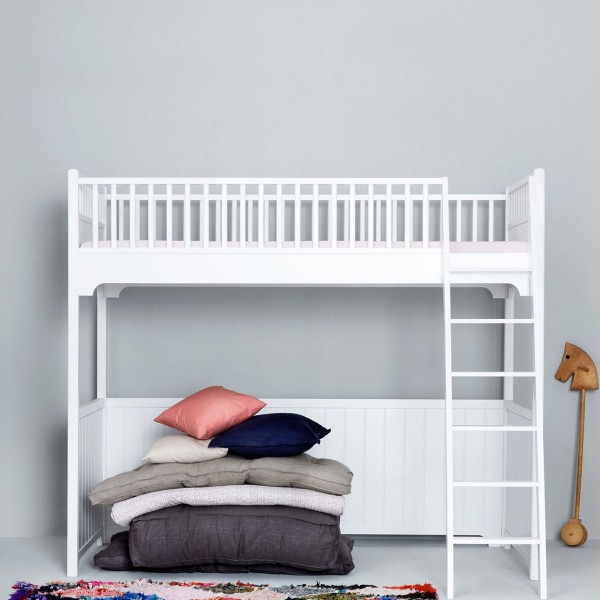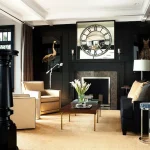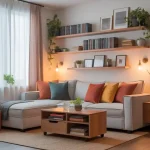Purchasing a new home is a great joy, but it can also be quite unsettling, especially if you do not know how to decorate it. When it comes to decorating your space, how do you make sure it reflects your style at the same time? Your home decor ideas will be comfortable and happy if you do it well. Don’t make it too complicated so you end up with a messy jumble of furniture, fabrics, and colors that don’t coordinate well.

Content
Dining and Living Room Decor Ideas
A living area’s main purpose is to set the stage for a family’s life with friends, whether it is a separate room or an open-concept design.
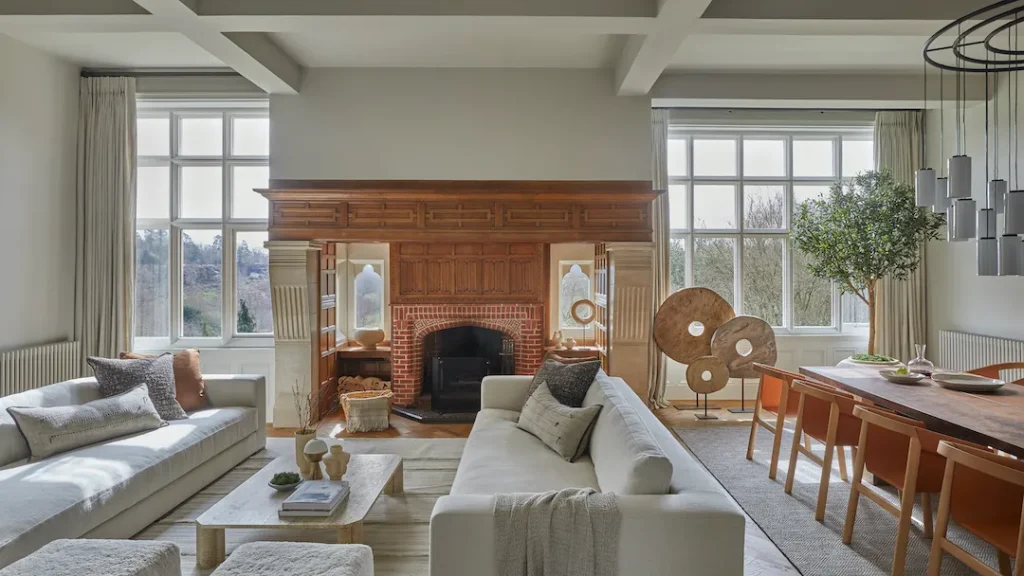
Create the Palette
A digital image cannot accurately depict real colors, patterns, or metal finishes, but you can see them online. Order fabric and color swatches, as well as material samples to get a more accurate estimate of the finished product. The best way to tell which vendor is right for you is to order samples, said Kleinberg. It can be difficult to distinguish between cool and warm tones when viewing colors on a screen, he said.
Treat the Walls
The color of paint can appear in different hues in different lighting conditions (and when compared to what you see at the paint store versus what you see at home). If you apply it to four walls, the effect is amplified.
It’s therefore not wise to choose a paint color based solely on the appearance of a chip. To get a decent idea of what size chip you will need in the room you plan to paint, look at the largest chip you can find. You can also make samples out of large pieces of wood or paint them on boards and move them around so you can see them at different times of the day.
Choose the Furniture
Decide which sofas, chairs, and tables are needed to make the space livable based on your floor plan and inspiration images. You can choose wildly different directions depending on the desired vibe.
If a traditional room is laid out, symmetry should be stressed – for example, a sofa and coffee table should be located in the centre of a fireplace, and two armchairs on either side. “There is nothing wrong with a very symmetrical space,” Ms Hampton said. In contrast, sectionals create an asymmetrical layout and are less formal compared to a sofa.
Don’t Forget to Add Lamps
The light should be layered in each room, including overhead, accent, and task lighting. Most designers recommend more than one light source per room.
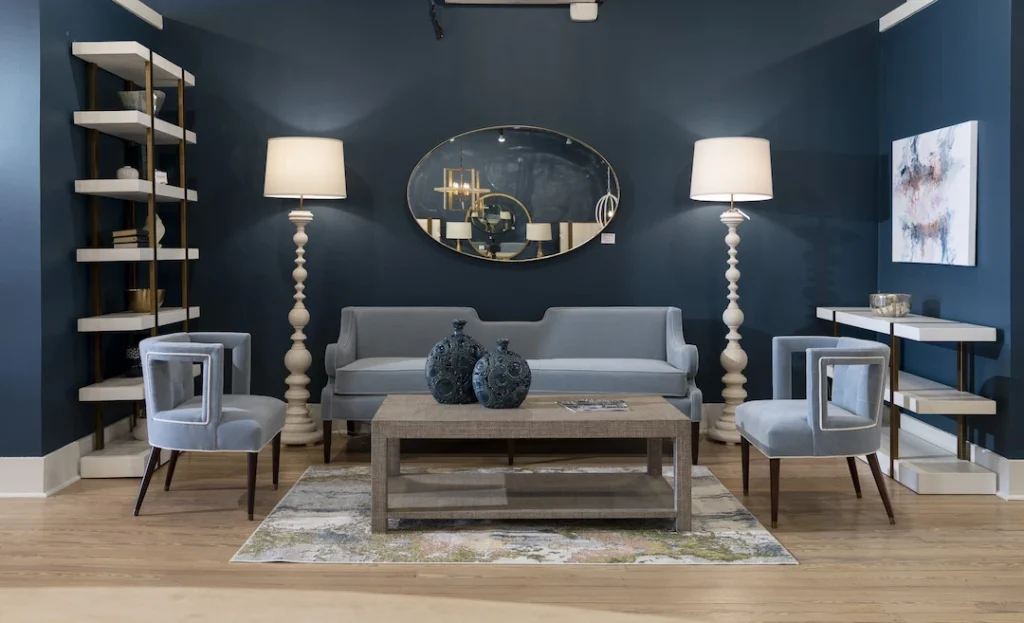
According to Nathan Orsman, a lighting designer based in New York City and Southampton, a home decor ideas ceiling fixture would make a good starting point in the living room. “Another approach to lighting the walls and curtains is to install down lighting on the outer walls,” he said. Soffit or valance lighting is a great way to achieve this, as is the use of plug-in torchier floor lamps London that bounce light off the ceiling.
How Things Flow
Living room sofas and chairs shouldn’t be islands of their own. Sitting down often requires a drink holder and a light for reading, as well as a place for a book. A coffee table or end table, as well as a table or floor lamp, should be placed within easy reach of each seat.
Keeping a living room clear of furniture and ensuring there are no blocking parts of doorways or forcing you to squeeze through is important so no one stubs a toe on a chair leg.
Finish With Art and Accessories
Adding art and accessories is the final step to finishing a room, but there is no one-size-fits-all solution. Minimalist spaces can display a few objects, while maximalist spaces can show layers of art and collections.
Take a look at the way the rooms in your original inspiration images are accessorized and apply those principles to your own home. Is there just one vase on a table, or do they mix candles, boxes, bowls, and books? Do you have a freeform gallery wall above the sofa or is it a single piece of art?
FAQs
What are some budget-friendly home decor ideas?
Use DIY wall art, thrifted furniture, decorative cushions, and indoor plants to refresh your space without overspending.
How can I make a small room look bigger?
Opt for light colors, mirrors, multi-functional furniture, and vertical storage to create an illusion of space.
What are trending home decor ideas?
Minimalist, Scandinavian, boho, and modern farmhouse are popular choices for stylish interiors.

Melissa Day is a dedicated home blogger who has been blogging for over six years. She covers everything home related. Melissa also loves writing posts about her travels to Europe with her husband and two children.









